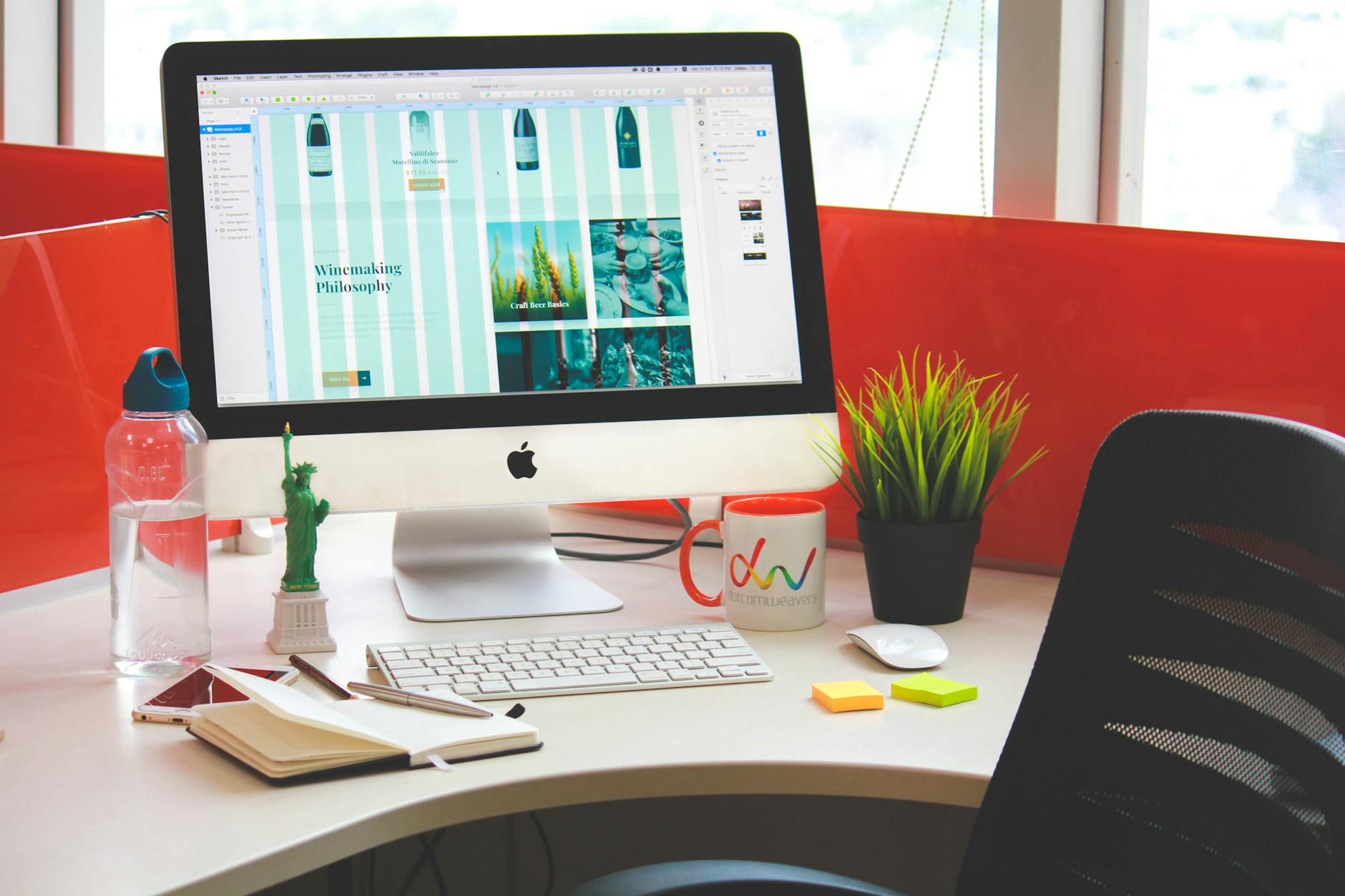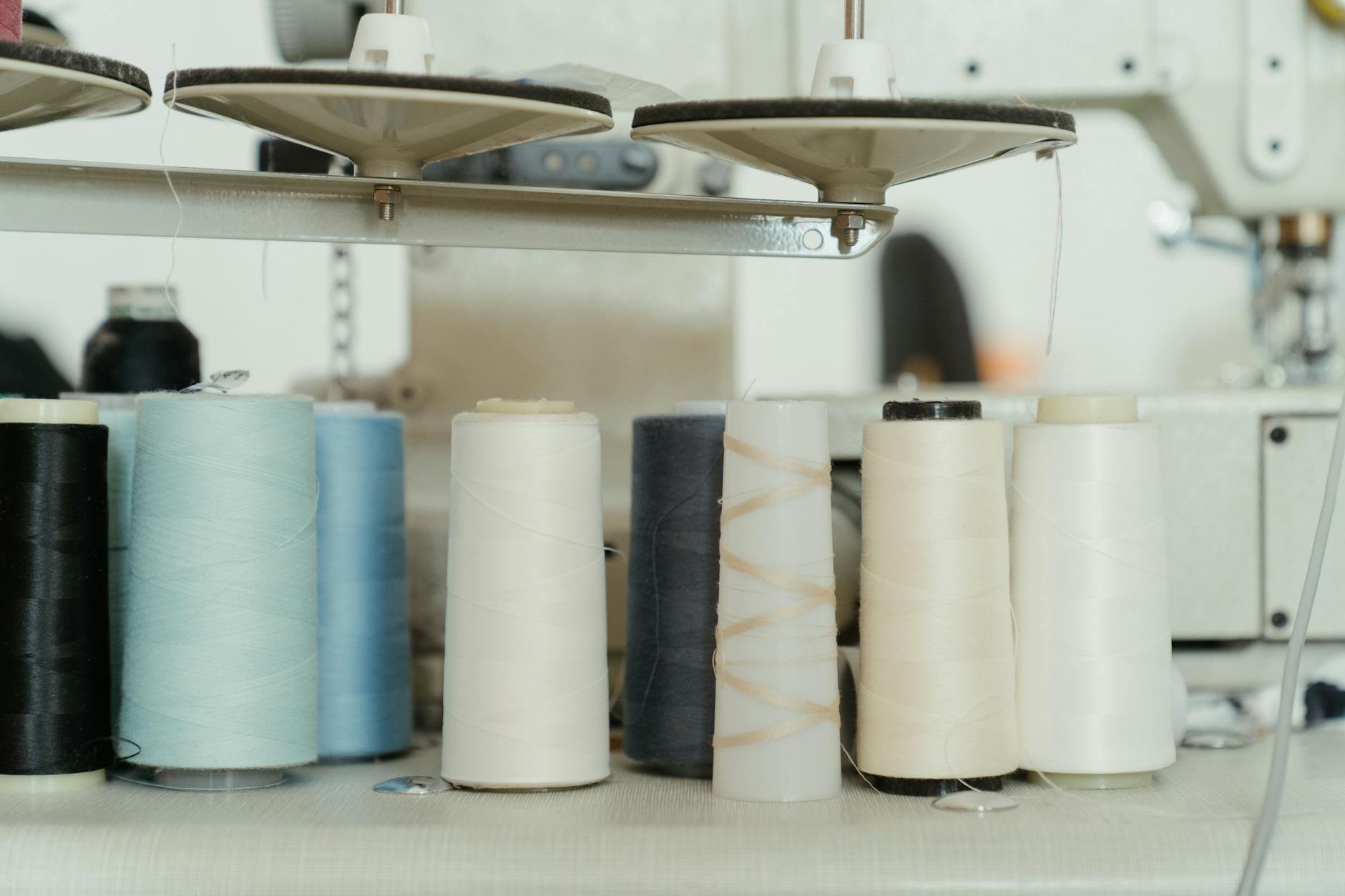Are Australian Schools Ready for Assistive Listening Innovations?

Current State of Australian Schools
Existing AV Infrastructure
As a dedicated learning facilitator in Sydney, I've observed first-hand how audio-visual (AV) technology is transforming education. Schools are increasingly integrating devices like data projectors and av cables into their AV setups to support richer educational experiences. Leveraging these technologies can make lesson delivery more dynamic and interactive.
Teacher and Student Demographics
In Australian schools, the diversity among teachers and students presents both opportunities and challenges. Teachers need versatile tools to cater to varied learning styles, while students benefit from a range of learning modalities. With the right technology integration strategies, such as using a recording microphone to capture lecture content for review, educators can address these challenges effectively.
Challenges in Implementation
Implementing AV technologies doesn't come without hurdles. Budget constraints, varying levels of technological proficiency, and the sheer range of available devices can overwhelm schools. Education-focused events at the University of Sydney frequently address these issues, providing a platform for educators to share insights. Nevertheless, overcoming these challenges requires thoughtful planning and commitment.
Overall, understanding the current state of AV infrastructure in Australian schools is crucial for educators aiming to enhance their learning environments. With tools like data projectors and recording microphones, educators can create more inclusive classrooms that cater to diverse learning needs. This aligns with the technology showcases at the Sydney International Convention Centre, where the latest innovations are discussed and demonstrated.
Assistive Listening Technologies
Assistive listening technologies have become essential tools in creating inclusive educational environments. As a dedicated learning facilitator, I emphasize the significance of innovations such as hearing loop systems, which are frequently featured at education-focused events at the University of Sydney. These systems benefit students by enhancing auditory clarity, reducing background noise, and making communication more effective, especially for those with hearing impairments.
Integrating assistive technologies in schools can dramatically improve the learning experience. A significant advantage lies in empowering all students to fully participate in classroom activities. This is crucial for ensuring equal access to education, as tools like hearing loops can aid in bridging communication gaps, allowing students to engage better and absorb information more effectively.
Many schools have successfully integrated these technologies into their learning environments. For instance, a recent case study from the Sydney Education Centre showcased a school that implemented advanced loudspeakers and universal remote systems to complement their hearing solutions. These innovations enhanced students' auditory access, fostering an inclusive learning atmosphere that catered to diverse hearing needs.
The school's success story can inspire other institutions to rethink their technology integration strategies, considering how critical it is to align with modern educational standards. By participating in professional development workshops at the Sydney Education Centre, educators can learn to effectively incorporate these technologies, ultimately fostering an empowering and dynamic learning experience for all students.
Readiness Factors
Training for Staff
Ensuring a smooth transition to assistive listening technologies requires comprehensive training for educators and school administrators. By attending professional development workshops at the Sydney Education Centre, staff can deepen their understanding of these technologies, providing a hands-on experience that empowers them to become proficient users. The goal is to embed these tools seamlessly into the learning environment, improving accessibility for students with different needs.
Integration into Curriculum
Integrating assistive listening devices, like hearing loops, into the curriculum is paramount. Educators can design lesson plans that incorporate these technologies, ensuring they are used effectively during teaching. Attending technology showcases at the Sydney International Convention Centre offers valuable insights and ideas for weaving new tools into everyday learning scenarios. This approach encourages schools to view acoustic panels not just as standalone items, but as integral components of an inclusive educational framework.
Feedback from Schools
Collecting feedback from schools implementing assistive listening technologies is crucial. By regularly soliciting input from both educators and students, schools can adjust their approaches to better serve their community's unique needs. This feedback loop helps refine the integration process, ensuring these innovations align with pedagogical objectives. For instance, installing a motorised projector screen can enhance presentations, and ongoing feedback helps in tailoring its use to maximise educational impact.
Utilizing such strategies, educators become well-positioned to enhance learning outcomes, drawing upon resources and insights from local education events.
Enhancing School Experience
Engaging Classroom Environments
Creating an engaging classroom environment significantly impacts both teaching and learning. As educators strive to incorporate technology integration strategies, tools like ptz cameras can be invaluable. These cameras capture dynamic classroom interactions, recording everything from teacher-led demonstrations to student presentations. This not only enriches the learning experience but also supports educators in refining their instructional methods. Moreover, the flexibility of ptz cameras allows for a multifaceted approach to learning, enhancing both student engagement and teacher effectiveness.
Supporting Diverse Learners
Incorporating versatile audio-visual solutions can greatly support diverse learners in Australian schools. Assistive technologies, such as sound amplification systems, cater to various learning needs, ensuring every student feels included and empowered. With tools like high-quality microphones and personalised audio systems, students who may struggle in traditional settings can thrive. Collaborative strategies discussed in education-focused events at the University of Sydney showcase the importance of tailoring educational tools to meet diverse needs, making inclusive education a tangible goal.
Long-Term Academic Benefits
The long-term academic benefits of integrating strategic technology solutions are profound. For instance, the use of diverse AV equipment such as guitars and basses in music classes not only enriches curriculum content but also enhances student engagement and creativity. These tools can help students grasp complex concepts and develop critical thinking skills. Professional development workshops at the Sydney Education Centre highlight these advantages, encouraging schools to prioritise investments in technology to foster improved learning outcomes over time.
Best Practices for Implementing Assistive Listening Technologies
Expert Collaboration Strategies
In making strides with assistive listening technologies like hearing loops, collaborating with experts can significantly elevate the learning environment. It's invaluable to involve specialists from education-focused events at the University of Sydney. These partnerships can guide schools in effectively integrating solutions suited to their unique requirements. Engaging with audiologists and tech developers during professional development workshops at the Sydney Education Centre ensures educators are equipped with the latest insights and practical skills.
Importance of Continuous Evaluation
To ensure that the technology meets student needs, ongoing evaluation is paramount. Employ feedback loops through regular assessments and gathering input from students and teachers alike. This data-driven approach allows schools to refine their systems continuously. Implementing surveys and feedback sessions at technology showcases at the Sydney International Convention Centre can provide a platform for updating existing technology strategies. By measuring the effectiveness of assistive listening devices within the classroom, schools can adapt quickly to new challenges and optimise the learning experience.
Adapting to Future Needs
The landscape of educational technology is ever-evolving. Schools should remain proactive by forecasting future needs and trends. Staying informed through educational resources and workshops aids in anticipating shifts that impact assistive listening technologies. The ability to tailor narratives for diverse learning environments empowers schools to create inclusive settings, turning potential challenges into opportunities for growth. Keeping an eye on technological advancements ensures that educational institutions remain ready to meet the demands of the future.


